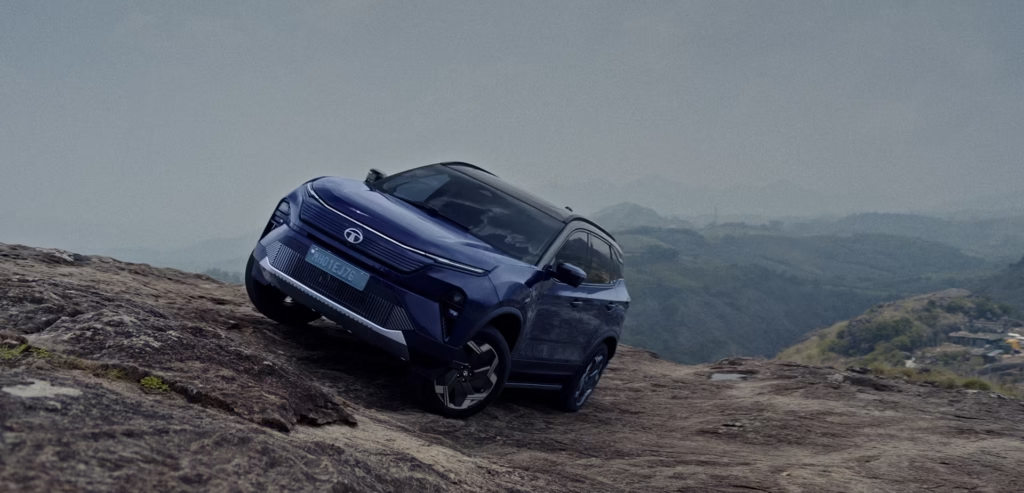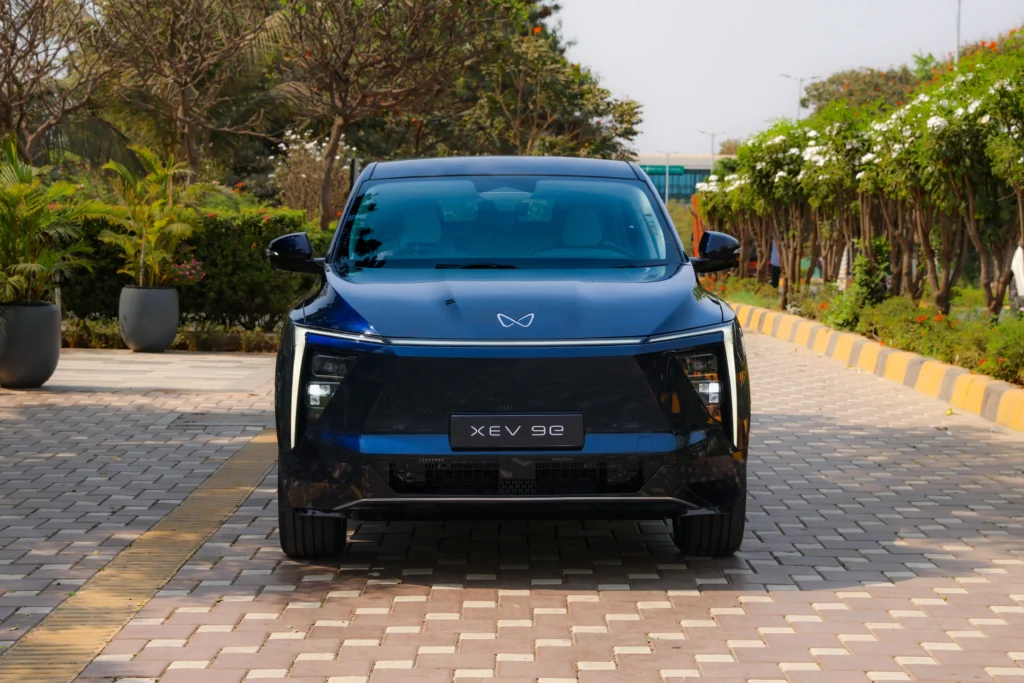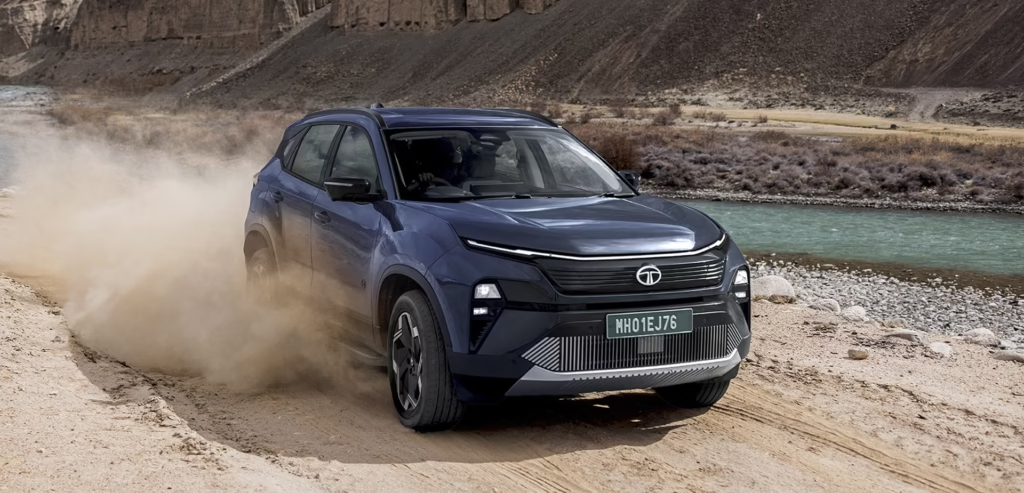The Indian electric vehicle (EV) market saw a dramatic shift in June 2025 as MG Motor India and Mahindra & Mahindra jointly claimed a dominant 53 percent of the EV market share, signaling a potential disruption to Tata Motors’ long-standing leadership in the EV segment.
According to data shared by Autocar India, while Tata Motors continues to lead in absolute EV sales volume, the competition from MG and Mahindra has intensified significantly. The two rising players are not just catching up—they’re poised to challenge Tata’s throne.
June 2025 EV Sales Snapshot: Changing the Game
| Manufacturer | EV Sales (June 2025) | Market Share |
|---|---|---|
| Tata Motors | 4,664 units | 35.8% |
| MG Motor | 3,945 units | 30.3% |
| Mahindra & Mahindra | 2,979 units | 22.9% |
| Others (BYD, Hyundai, Kia) | ~1,400 units | ~10.8% |
| Total EV Sales | ~13,000 units | 100% |
Tata Motors: Still Leading, But For How Long?
Tata Motors remains the top EV manufacturer in India in terms of volume. It sold 4,664 electric vehicles in June 2025, thanks largely to models like the Tata Nexon EV, Tigor EV, Curvv EV and Tiago EV. These models have dominated the affordable EV segment for years.
However, despite maintaining the lead, Tata’s share has dipped from over 70% in 2023–24 to just 35.8% in June 2025. This alarming erosion in market share suggests that Tata’s once-solid dominance is under significant threat.

MG Motor India: A Fast-Rising Contender
MG Motor India reported 3,945 EV units sold in June 2025—a massive 167% year-on-year growth. The company has steadily climbed the EV ladder with models like:
- MG ZS EV
- MG Comet EV
- MG Windsor
The Windsor, launched in early 2025, has been a game-changer in the compact SUV EV space, combining sporty design, premium interiors, and competitive pricing. It’s especially popular among urban millennials and young professionals seeking style and sustainability.
Mahindra & Mahindra: EV Momentum Gathers Steam
Mahindra delivered 2,979 electric vehicles in June 2025—up from just 487 units a year ago—marking a staggering 512% year-on-year growth.
Its success stems from two powerful launches under its Born Electric (BE) platform:
- Mahindra XEV 9e
- BE 6 Coupe EV
Both models offer aggressive styling, class-leading range, and modern features, targeting premium EV buyers. Mahindra’s latest tech-first strategy and strong dealer network have given it a much-needed boost in a market it once trailed in. We compared the newly launched Tata Harrier EV with the Mahindra XEV 9e to determine which vehicle delivers greater value to customers.

Tata Harrier EV: A Make-or-Break Launch?
To counter the competition, Tata Motors launched the Harrier EV in early June 2025. It’s the brand’s first premium electric SUV, built on the all-new Acti.ev Plus architecture, offering:
- Up to 627 km MIDC-certified range
- Dual-motor AWD options
- Fast charging (0-80% in under 40 minutes)
- Advanced ADAS safety suite
- Premium cabin with a panoramic sunroof and connected tech
The Harrier EV is priced from ₹28.99 lakh (ex-showroom), placing it directly against Mahindra XEV 9e.
Industry experts say this could be Tata’s most critical launch yet—not just to grow the segment but to retain its leadership.
Why Tata Needs to Rework Its EV Strategy
While Tata has benefitted from being the first mover in India’s EV market, its recent market slowdown shows that early advantage is not permanent.
Key challenges include:
- Lack of premium and mid-size EV options until the Harrier EV
- Stiff competition with more modern, tech-forward vehicles
- Slower updates and less aggressive pricing compared to rivals
To stay ahead, Tata needs to:
- Expand its EV lineup across more segments.
- Invest in faster innovation and design refreshes.
- Strengthen after-sales EV service infrastructure.
- Explore strategic partnerships for batteries and EV components.
EV Adoption in India: A Big Market Still in Early Growth
India’s EV market remains in its infancy, accounting for about 4% of total PV sales in June 2025. However, with government incentives, rising fuel prices, and better charging infrastructure, EV sales are expected to grow 40% year-on-year in FY2025–26.
OEMs like BYD, Hyundai, and Kia are also slowly entering the Indian EV scene with products like:
- BYD Atto 3
- Hyundai Kona EV
- Kia EV6
But for now, the real battle for the EV crown is between Tata, MG, and Mahindra.
Conclusion: A New EV War Has Begun
June 2025 marks a critical turning point for India’s electric vehicle market. MG and Mahindra have not only closed the gap with Tata Motors—they’ve jointly surpassed Tata in market share.
Whether Tata’s new Harrier EV will be enough to reverse this trend remains to be seen. One thing is clear: India’s EV race is no longer a one-horse race. If you’re still debating whether 2025 is the right time to switch to an EV, the rapid strides made by Indian manufacturers might just tip the scale in favor of a cleaner, smarter drive.
The next six months will define who truly dominates India’s EV future.

